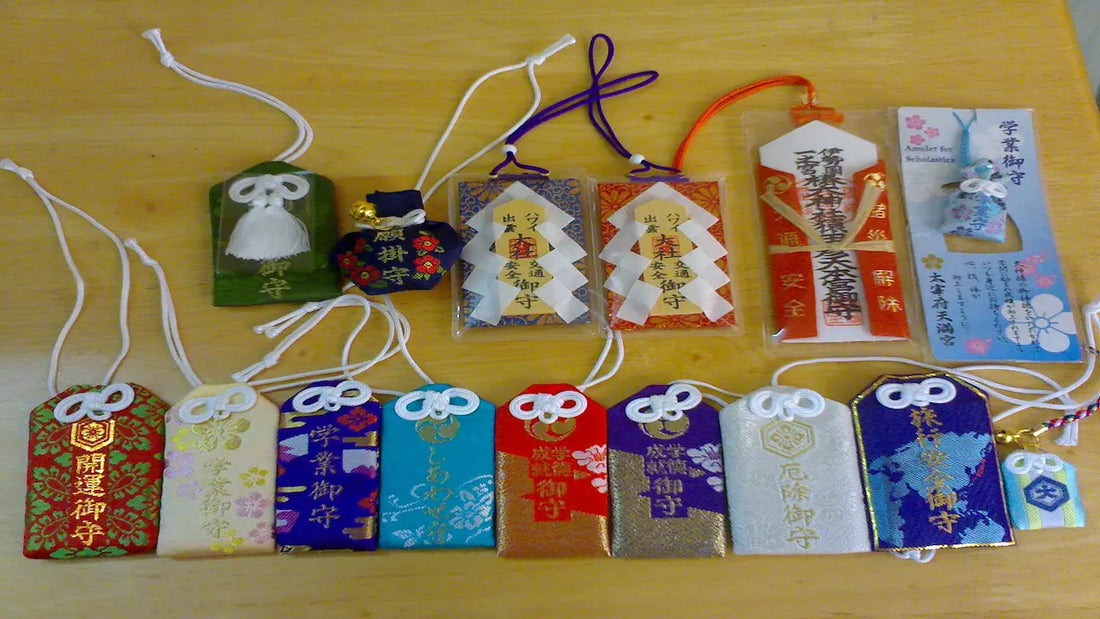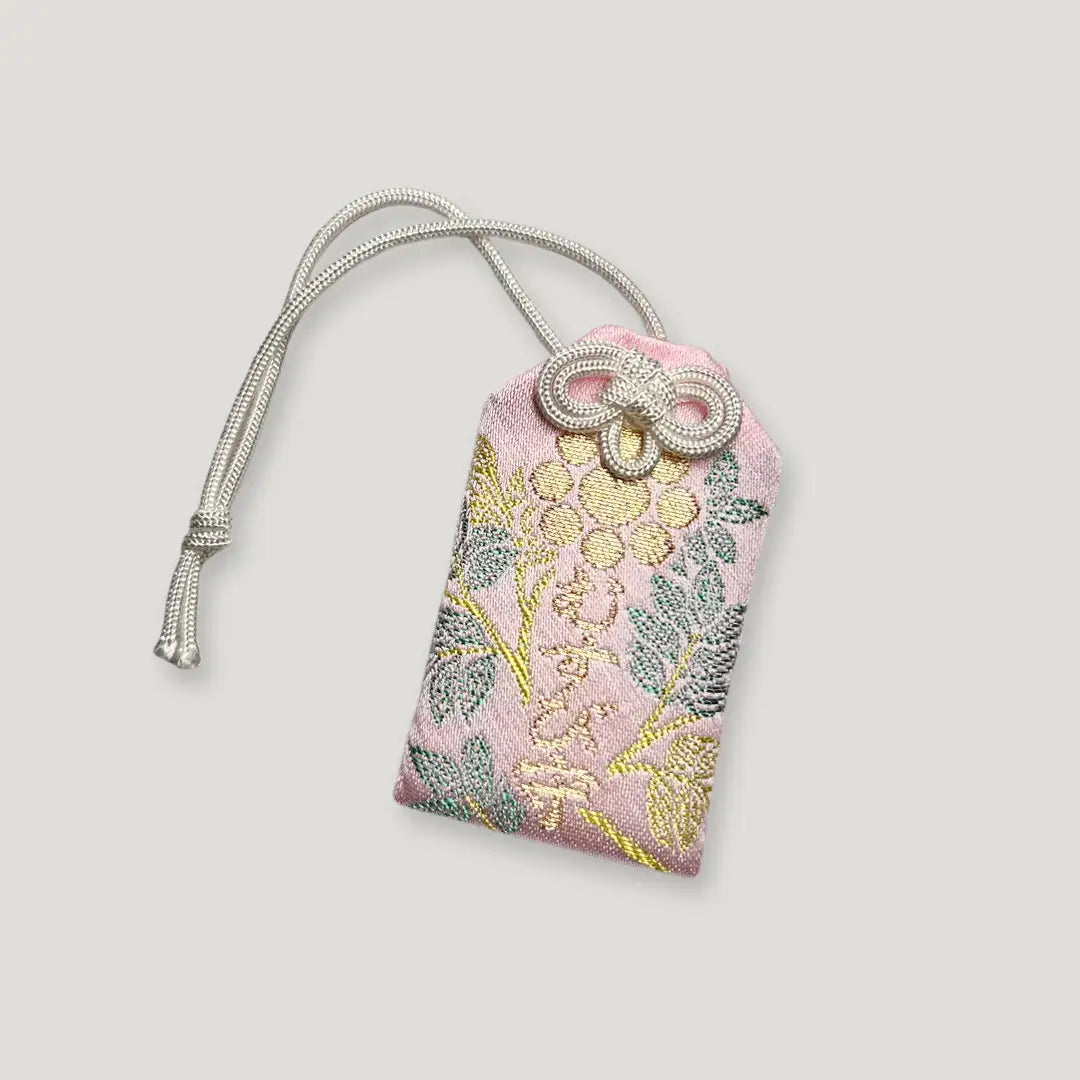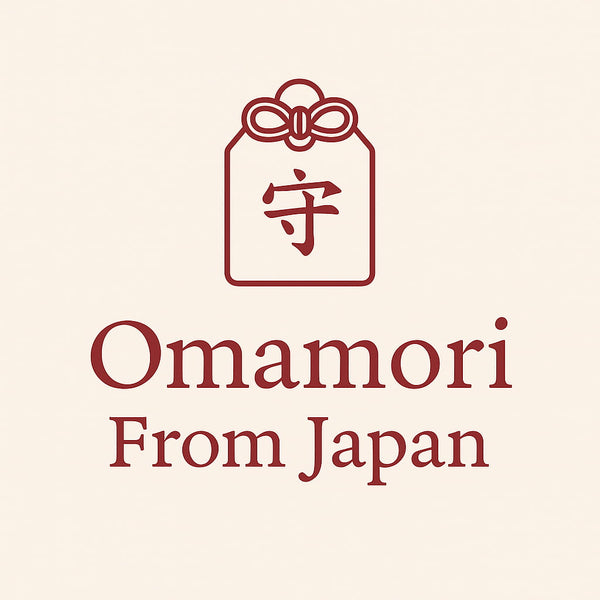
The History and Meaning of Omamori
From Traditional Associations to Everyday Use: How Japanese Omamori Evolved
When you visit a Shinto shrine during hatsumode (the first shrine visit of the new year), what do you usually do?
Some people draw a fortune slip (omikuji), while others enjoy traditional festival treats like candied apples. For many, picking up a beautifully crafted omamori is a meaningful part of the visit.
But are omamori just cute souvenirs or fashion items? Let’s explore the rich origins and cultural meaning behind these traditional Japanese omamori.
The Ancient Origins of Omamori Charms
Omamori are traditional Japanese charms, widely regarded for their associations with well-being, good fortune, and guidance. Their roots stretch back to Japan’s earliest beliefs, when people worshipped nature and believed significant energy dwelled in sacred mountains, rivers, trees, and stones.
To carry a connection to these traditions, people would hold natural or symbolic objects representing these energies—early versions of what became the personal omamori charms we carry today.
Magatama: Japan’s Oldest Traditional Beads
The magatama (勾玉) is one of Japan’s most iconic ancient charms. These comma-shaped beads were crafted from stone or jade and worn for their symbolic value. They represented both traditional meaning and social status, and were often passed down through generations.
Even now, magatama designs appear in modern omamori—connecting ancient symbolism with today’s aesthetic. Explore omamori with traditional designs inspired by magatama and other symbols.
 Photo credit: Wikimedia Commons
Photo credit: Wikimedia Commons
The Significance of Sacred Mirrors
Mirrors were also powerful symbols in Japan’s cultural history. Believed to reflect truth and deter negative influences, mirrors became significant objects in both homes and shrines. One of the Three Imperial Regalia of Japan is a mirror, underscoring its cultural importance.
Miniature mirrors were often carried as charms—many early omamori included reflective surfaces for their symbolic qualities.
Omamori: Meaningful and Beautiful
Beyond traditional associations, omamori evolved into expressions of identity and beauty. Ancient charms like magatama and sacred mirrors were as much about personal elegance as they were about cultural significance.
This dual role—traditional and aesthetic—remains central to omamori today. Whether displayed on a bag or carried in a wallet, each charm represents a unique intention and connection to tradition.
Authentic Omamori from Shrines in Japan
At Omamori From Japan, we offer authentic omamori online sourced directly from trusted shrines across the country. Every charm we provide is carefully selected and respectfully delivered.
These charms are more than souvenirs—they are authentic Japanese omamori created with purpose. Whether you’re looking for positive aspirations, a sense of well-being, or a meaningful gift, our shop is here to help.
- Omamori for love and relationships
- Omamori for academic success
- Omamori for health and well-being
- Omamori for travel well-being

Why People Use Omamori Today
For many, omamori offer emotional peace, a sense of encouragement, or heartfelt wishes for a loved one. Whether as a gift or personal item, they embody a hope and a piece of culture.
Looking for omamori for sale or wondering where to buy omamori online? Browse our full selection of charms symbolizing love, health, safety, and success.
Shop our Gift Worthy Omamori to find meaningful gifts for any occasion.
Want to make sure you’re using your omamori correctly? Read our guide: How to Use Your Omamori.
